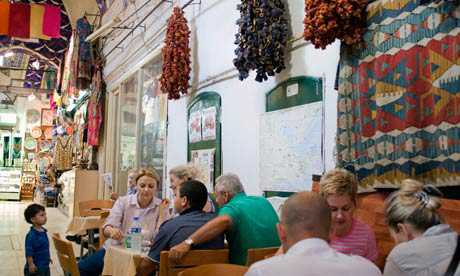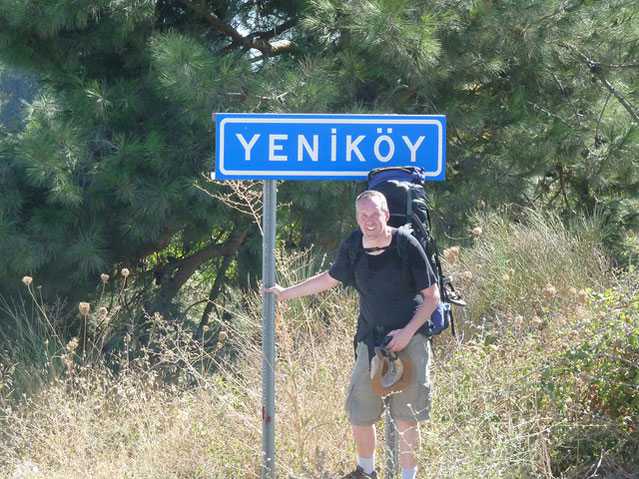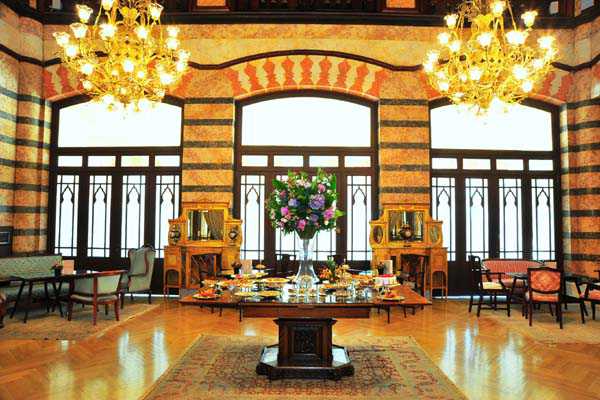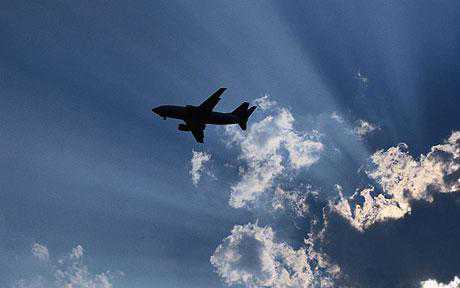Where to eat in Istanbul’s Grand Bazaar
Visitors come to the Grand Bazaar for the shopping, but they should make a point of staying for the food – the market makes an atmospheric backdrop for great restaurants where locals eat
• This post first appeared on the Culinary Backstreets blog
• Know a great place to eat in Istanbul? Add a comment

Gaziantep Burç Ocakbaşi, Istanbul
Gaziantep Burç Ocakbaşi restaurant in Istanbul’s Grand Bazaar. Photograph: Melanie Einzig
We like to think of Istanbul’s Grand Bazaar – open since 1461 – as the world’s oldest shopping mall. If that’s the case, shouldn’t the Grand Bazaar be home to the world’s oldest food court? That may be stretching the analogy a little too far, but for us the Grand Bazaar is as much of a food destination as a shopping one.
As we see it, one of the hidden pleasures of going to the bazaar (once you get past the overzealous shopkeepers hawking souvenirs) is exploring some of its quieter back alleys and interior courtyards for new dining possibilities, especially some of the smaller restaurants that cater not to tourists but rather to the locals who work in the sprawling marketplace. Here are three of our favourite places.
Gaziantep Burç Ocakbaşi
A friend directed us to Gaziantep Burç Ocakbaşi and we are forever in her debt. Located on a narrow side street off one of the Grand Bazaar’s busy thoroughfares, this unassuming grill house serves up very tasty food from Gaziantep, a city in south-east Turkey, that is considered one of the country’s culinary capitals.
Our ali nazik, tender morsels of marinated beef sitting on a bed of garlicky yogurt-eggplant purée, was perfect. The delicious salad served with it, topped with chopped walnuts and zingy pomegranate molasses, was impeccably fresh. We were even more excited about the restaurant’s speciality: extremely flavourful dolmas made out of dried eggplants and red peppers that had been rehydrated and stuffed with a rice and herb mixture, then served with yogurt on the side.
There are only a few tables, which are lined up along the length of the alleyway that is the restaurant’s home. The ambiance is provided by the strings of dried eggplant and peppers that hang above the tables, the smoke and sizzle coming from the grill and the thrum of bazaar activity all around.
• Parçacilar Sokak 12, +90 212 527 1516. Open 11am-4pm, closed Sunday
Kara Mehmet Kebap Salonu
Kara Mehmet Kebap Salonu, Istanbul Photograph: Melanie Einzig
This is one of our favourite places, not only in the Grand Bazaar but in all of Istanbul. The restaurant, a tiny hole in the wall, serves the usual assortment of kebabs – including, for the daring, kidney and liver – all expertly grilled by the mustachioed usta. A testament to the appeal of Kara Mehmet: we went there with a vegetarian friend who was so taken with the restaurant’s adana kebab that he ended up taking his first bite of meat in 30 years.
Food aside, what really draws us to Kara Mehmet is its location, deep inside the open-air courtyard of the Cebeci Han, one of the Grand Bazaar’s numerous out-of-the-way caravanserais. Compared to the bustle of the rest of the bazaar, the Cebeci Han is an oasis of calm, mostly filled with small shops where people repair rugs, rather than sell them. Even the owner of the one actual rug shop inside the courtyard seems more interested in playing backgammon with his friends than moving carpets. When you’re done with your kebab, order Kara Mehmet’s delicious künefe for dessert and a tea from the small teahouse next door and enjoy the behind-the-scenes look at bazaar life.
• İç Cebeci Han 92, +90 212 513 5520. Open 11am-5pm, closed Sunday
Aynen Dürüm
Aynen Dürüm, Istanbul Photograph: Yigal Schleifer
Aynen Dürüm is a microscopic kebab shack near the Grand Bazaar’s “currency exchange” (essentially a small alley filled with men shouting out “buy” and “sell” orders) that serves exceptionally good dürüm, or wraps. We were first struck by the feeding frenzy we saw at the tiny restaurant, where a crowd of hungry locals was chowing down with a kind of reckless abandon rarely seen in other places around town. The setup reminded us of a competitive eating contest: a double-sided outdoor counter with about 10 stools around it and a trough in the middle that holds containers overflowing with grilled peppers, sliced pickles and sprigs of parsley.
The tiny interior, meanwhile, is taken up by a charcoal grill and İsmail, the joint’s grill master, who has been fanning the flames here for 10 years. The no-nonsense İsmail takes the wrap business seriously, letting customers choose between two different kinds of lavaş (flatbread): the traditional thin variety and a thicker, chewier version. İsmail clearly sets the bar high. His restaurant’s tagline? “The Motherland of Kebab.”
We found some space at Aynen’s counter and ordered a dürüm of Adana kebab and another made with lamb shish kebab, leaving the choice of lavaş up to the griller. Our wraps arrived within minutes, each stuffed with a mixture of tomato and parsley along with the perfectly grilled meat. The Adana had a wonderful balance of meat, fat and spice, while the small morsels of tender lamb inside the second wrap were so tasty that we soon found ourselves joining the crowd and stuffing our faces with little regard for decorum.
• Muhafazacılar Sokak 29, +90 212 527 4728. Open 7am-6pm, closed Sunday
via Blog: Where to eat in Istanbul’s Grand Bazaar | Travel | guardian.co.uk.





